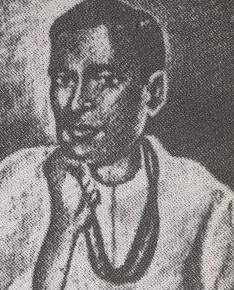Prafulla Chandra Ray, a prominent figure in Indian chemistry and a champion of Bengali nationalism, dedicated his life to advancing science and social reform.
His commitment to the Swadeshi movement led him to establish Bengal Chemicals & Pharmaceuticals Ltd., the first Indian company to manufacture pharmaceuticals and chemicals.
Starting with a modest investment, he aimed to produce high-quality, locally-made products to bolster Indian industries and reduce reliance on foreign goods.
Ray also founded several enterprises, including the National Tannery Works and Bengal Enamel Works, while promoting khadi and advocating for social change against the caste system.
Ray’s academic journey began in a small village in Bengal, where he initially received education at a local school.
He excelled in his studies, earning a scholarship to the University of Edinburgh, where he obtained both his Bachelor of Science and Doctor of Philosophy degrees. His doctoral thesis focused on the chemical constituents of asparagus, showcasing his expertise in inorganic chemistry, particularly in mineral salts.
Born on August 2, 1861, to a Brahmin family, Ray demonstrated exceptional potential from a young age. He began his teaching career at Calcutta’s City College after earning his Master’s degree from Calcutta University.
Despite the popularity of organic chemistry at the time, he chose to delve into inorganic chemistry, making significant discoveries, including the synthesis of mercury and the identification of thallium.
Throughout his life, Ray wrote several popular science books that helped disseminate scientific knowledge to the broader public.
His contributions laid a strong foundation for the development of modern chemistry in India, earning him the title of the “Father of Indian Chemistry.”
Despite facing barriers due to his Indian identity, he remained a steadfast advocate for education and social reform until his death.
Prafulla Chandra Ray’s legacy continues to inspire future generations of scientists and nationalists alike, exemplifying the intersection of scientific inquiry and social responsibility.





